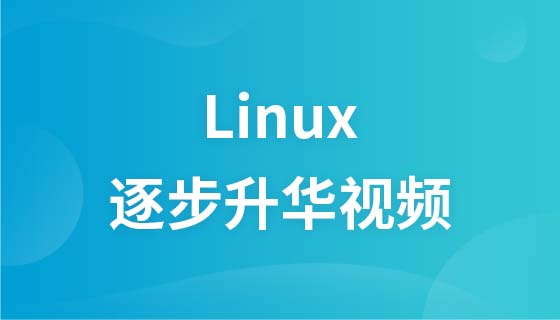
Course Intermediate 16005
Course Introduction:"Linux Gradual Sublimation Video Tutorial" This lesson was recorded by the Band of Brothers training institution. It starts from the most basic Linux, all the way to intermediate and advanced courses, so it is called gradual sublimation. This is a process. I hope everyone will study hard! ! !
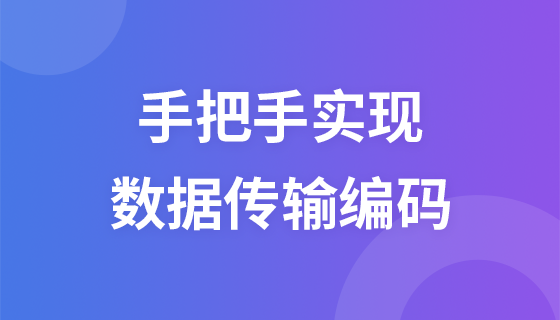
Course Elementary 3778
Course Introduction:This course will lead students to gain an in-depth understanding of the core principles and practical applications of data transmission encoding. Through step-by-step teaching methods, students will master how to choose appropriate data transmission encoding technology according to different application scenarios to achieve efficient and reliable data transmission. The course will cover common data transmission encoding algorithms, such as Huffman coding, arithmetic coding, etc., and demonstrate the encoding and decoding process through practical cases. Through the study of this course, students will have the ability to independently complete data transmission and coding tasks, laying a solid foundation for making breakthroughs in the field of data transmission and processing.
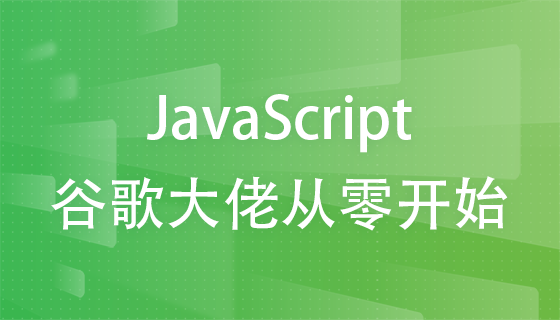
Course Elementary 5054
Course Introduction:This course is specially designed for beginners and is taught by Google bosses. The course starts from the basic knowledge of JavaScript and gradually deepens, covering syntax, functions, objects, event processing, etc. Through vivid cases and practical exercises, students can quickly master the core skills of JavaScript. The boss will personally answer students' questions and share programming experience, allowing students to grow into JavaScript masters in a relaxed and pleasant atmosphere. Whether you are a novice at programming or a developer looking to improve your skills, this course will be your best choice for learning JavaScript.

Course Advanced 2162
Course Introduction:As we all know, PHP application projects developed using frameworks not only have standardized codes and clear processes, but are also easy to maintain, safe and reliable. In this set of courses, we write a small framework ourselves, not to use it to develop projects, but to master the running process and underlying functions of modern mainstream development frameworks through the process of writing the framework, so that you can use these frameworks in the future. (Laravel or Yii or ThinkPHP, etc.) to lay a solid foundation.
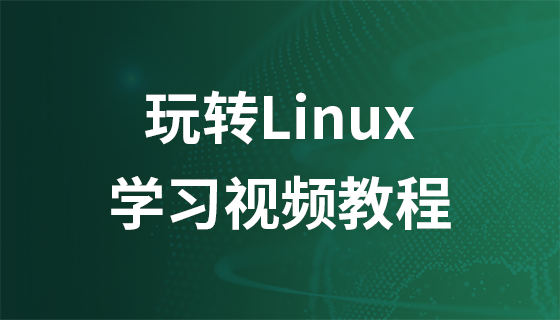
Course Advanced 19569
Course Introduction:"Step by Step Video Tutorial on Linux" introduces system installation, basic configuration, basic command operations, editor introduction and detailed usage, file operations, services and processes and other related knowledge points.

Course Elementary 3331
Course Introduction:If you want to build a website, you can only access the Pagoda panel by opening port 8888. When opening port 8888, you should also remember to open port 80 (which is the default port of the WEB server). It is recommended to open another port 443 (this is based on HTTPS). The default port of the website), open these ports and your website can be accessed normally; this course is reproduced from Bilibili: https://www.bilibili.com/video/BV1fJ41147vV

Course Elementary 13779
Course Introduction:Scala Tutorial Scala is a multi-paradigm programming language, designed to integrate various features of object-oriented programming and functional programming.

Course Elementary 82293
Course Introduction:"CSS Online Manual" is the official CSS online reference manual. This CSS online development manual contains various CSS properties, definitions, usage methods, example operations, etc. It is an indispensable online query manual for WEB programming learners and developers! CSS: Cascading Style Sheets (English full name: Cascading Style Sheets) is an application used to express HTML (Standard Universal Markup Language).

Course Elementary 13148
Course Introduction:SVG is a markup language for vector graphics in HTML5. It maintains powerful drawing capabilities and at the same time has a very high-end interface to operate graphics by directly operating Dom nodes. This "SVG Tutorial" is intended to allow students to master the SVG language and some of its corresponding APIs, combined with the knowledge of 2D drawing, so that students can render and control complex graphics on the page.

Course Elementary 24595
Course Introduction:In the "AngularJS Chinese Reference Manual", AngularJS extends HTML with new attributes and expressions. AngularJS can build a single page application (SPAs: Single Page Applications). AngularJS is very easy to learn.

Course Elementary 27455
Course Introduction:Go is a new language, a concurrent, garbage-collected, fast-compiled language. It can compile a large Go program in a few seconds on a single computer. Go provides a model for software construction that makes dependency analysis easier and avoids most C-style include files and library headers. Go is a statically typed language, and its type system has no hierarchy. Therefore users do not need to spend time defining relationships between types, which feels more lightweight than typical object-oriented languages. Go is a completely garbage-collected language and provides basic support for concurrent execution and communication. By its design, Go is intended to provide a method for constructing system software on multi-core machines.
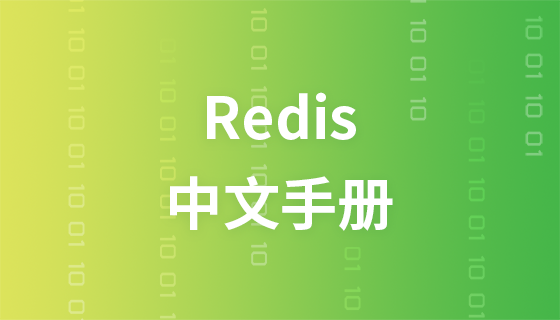
Course Elementary 57899
Course Introduction:"Redis Command Operation Chinese Manual" is the latest official Redis online reference manual. Redis is an in-memory cache database. This manual contains various Redis operation commands with Chinese explanations. You will learn to master the efficient use of Redis in the data server. It is a must-have online query for Redis learning and users. Refer to the documentation tutorial!
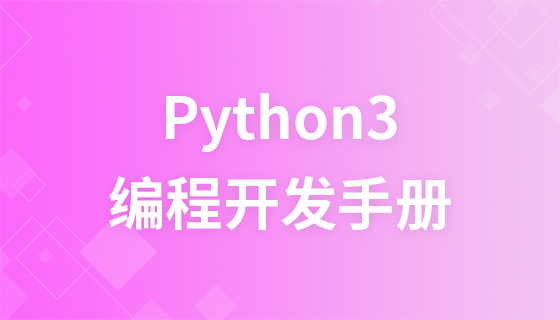
Course Elementary 87590
Course Introduction:"Python 3 Tutorial" The 3.0 version of Python is often called Python 3000, or Py3k for short. This is a major upgrade compared to earlier versions of Python. In order not to bring too much burden, Python 3.0 was not designed with backward compatibility in mind. Python language is very simple and easy to use for beginners and to complete common tasks.
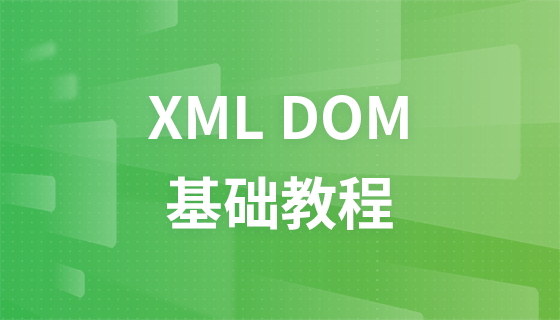
Course Elementary 21057
Course Introduction:"XML DOM Tutorial" XML DOM defines a standard method for accessing and manipulating XML documents. DOM treats an XML document as a tree structure, with leaves defined as nodes. If you want to use XML, you need to understand the XML DOM.
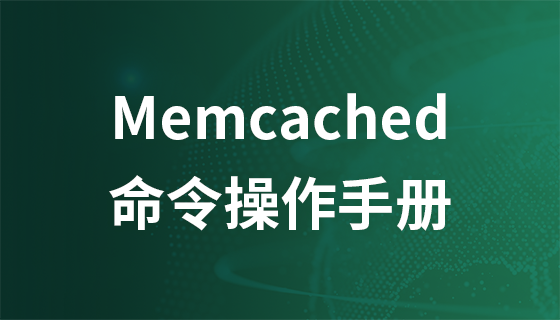
Course Elementary 17807
Course Introduction:"Memcached Command Operation Manual" is the latest official Memcached online reference manual. In this Memcached document, various Memcached operation commands are provided with Chinese explanations. You will learn how to use Memcached to reduce database load and improve performance. It is a must-have online query reference document tutorial for Memcached learners and users!
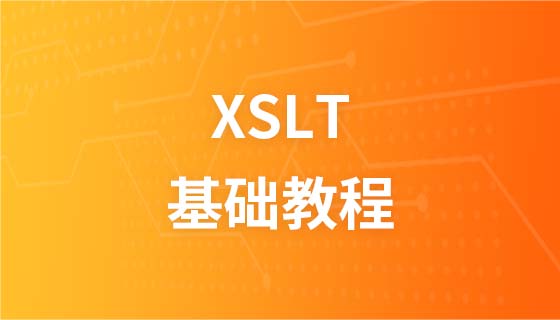
Course Elementary 9846
Course Introduction:"XSLT Tutorial" XSL refers to the EXtensible Stylesheet Language (EXtensible Stylesheet Language), which is a stylesheet language for XML documents. XSLT refers to XSL Transformation. In this tutorial, you will learn how to use XSLT to transform an XML document into another document, such as XHTML.
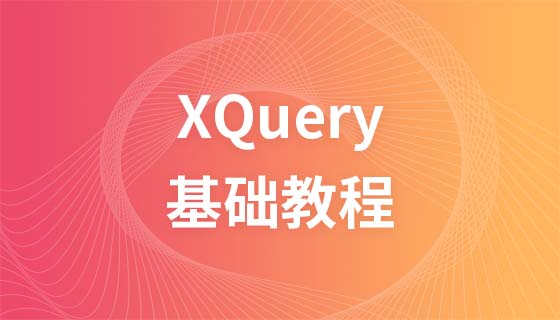
Course Elementary 9173
Course Introduction:"XQuery Tutorial" XQuery is to XML what SQL is to databases. XQuery is designed to query XML data.
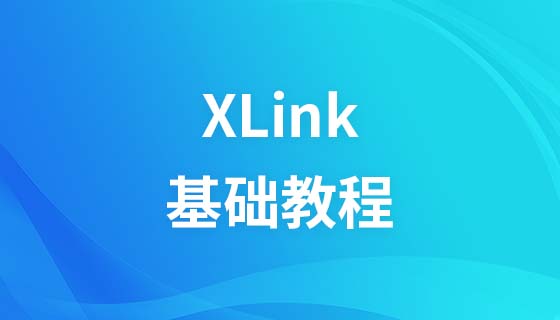
Course Elementary 8610
Course Introduction:XLink defines a standard way to create hyperlinks in XML documents. XPointer allows these hyperlinks to point to more specific parts (fragments) in the XML document.
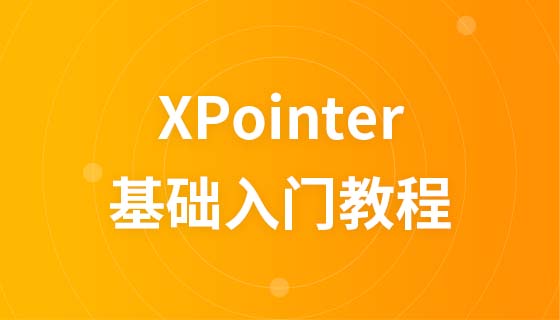
Course Elementary 8231
Course Introduction:XLink and the XPointer Tutorial XLink defines a standard way to create hyperlinks in XML documents. XPointer allows these hyperlinks to point to more specific parts (fragments) in the XML document. Start learning XLink and XPointer now! Table of Contents Introduction to XLink and XPointer This chapter explains the concepts of XLink and XPointer. XLink and XPointer syntax XLink and XPointer syntax
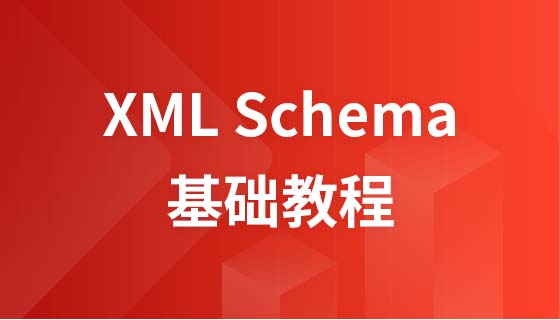
Course Elementary 10995
Course Introduction:"XML Schema Tutorial" XML Schema describes the structure of an XML document. In this tutorial, you'll learn how to read and create the XML Schema language in your applications, why XML Schema is more powerful than DTDs, and how to use XML Schema in your applications. Start learning XML Schema now!